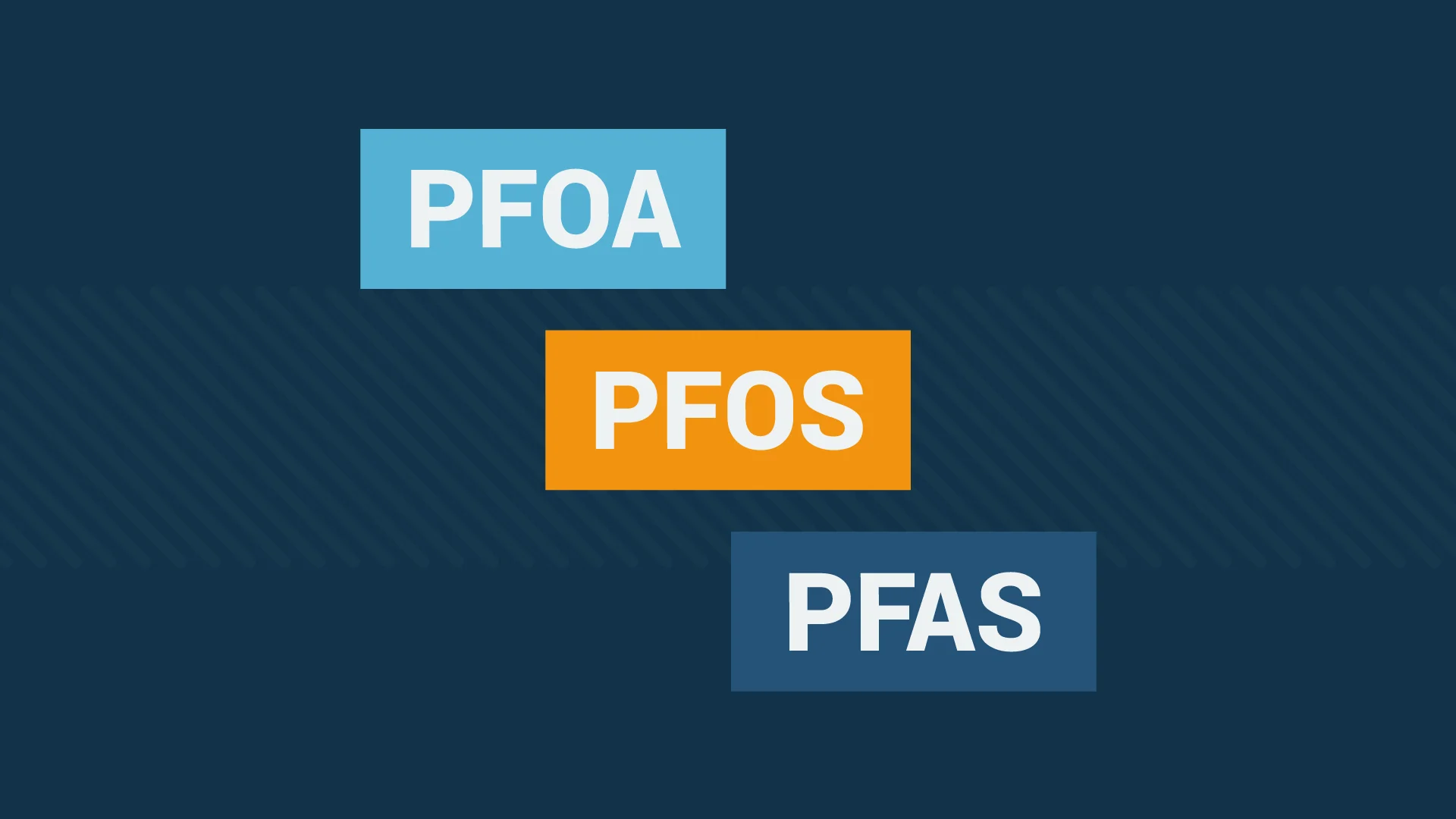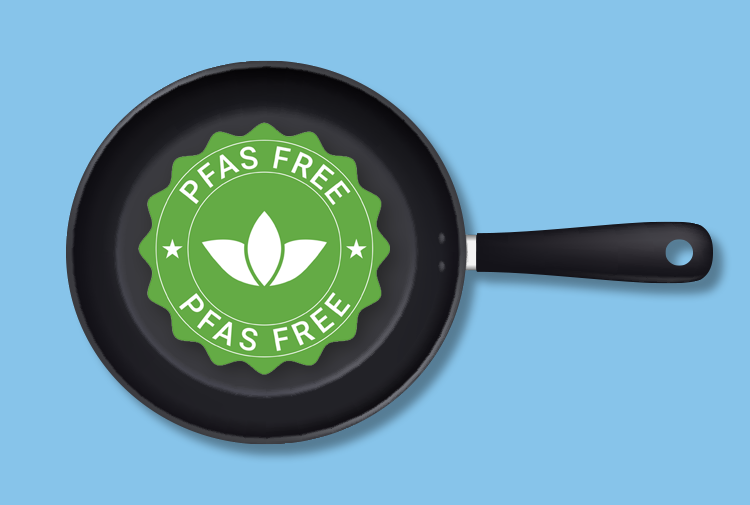Here are some of the unwanted “forever chemicals” found in food and beverage products, as well as public water supplies.
Researchers from the Environmental Working Group discovered that 200 million Americans were drinking tap water contaminated with toxic chemicals in 2020. In consumer products around the world, perfluoroalkyl substances (PFAS) have been used since the 1940s.
Find out where humans come into contact with these chemicals and how dangerous they are.
What are PFAS?
PFAS are a class of synthetic chemicals that include more than 9,000 types of compounds, valued for their strong chemical bond that resists heat, oil, grease and water. This makes them popular ingredients in consumer, industrial and commercial products like nonstick cookware, stain-resistant fabric and firefighting foams.
Unfortunately, PFAS are also “forever chemicals” that don’t degrade. Instead, they make their way into global ecosystems.
“PFAS are incredibly persistent,” says Erika Schreder, science director for Toxic-Free Future. “They are not known to break down in the environment at all, so when we’re producing these compounds we’re really making a permanent change to our environment by adding them.”
The dangers PFAS pose is still under investigation, but they have been linked to many potential health concerns.
“What we’ve seen at the lowest concentration is effects on the immune system,” Schreder says.
“What we find is that kids who have greater exposure to PFAS have less of a response to vaccines, and these compounds actually suppress [the] immune system. Many PFAS have an impact on important organs like the liver and kidneys and are linked to increased cholesterol as well as cancer.”
The Environmental Protection Agency (EPA) cites additional risks including fertility and pregnancy complications, developmental delays in children and increased risk of some cancers.
Exposure to PFAS appears unavoidable in modern life because they’re used extensively in thousands of everyday products. The Centers for Disease Control and Prevention (CDC) estimate that more than 97% of the U.S. population has PFAS in their body.
Primary exposure occurs when people consume contaminated drinking water; eat contaminated produce, meat and fish; handle and use products containing PFAS; and work in chemical-producing industries.

What is the future of PFAS?
It’s difficult for researchers to study and assess the potential dangers PFAS pose to human health due to the sheer number of them found in so many products. Research led to the banning of certain types of PFAS and an overall decline in their production in the U.S. since 2002. But, Schreder says, “PFAS are still heavily used as a class, in many different uses.”
The EPA is working to better understand PFAS and their impact, implementing penalties and oversight for manufacturers that continue using the chemicals in their products. In 2022 the agency declared two of the most commonly produced PFAS as hazardous substances (discussed below), a designation that will create federal standards for cleanup efforts.
“Many governments have recognized that we need to move from chemicals like PFAS that are persistent and toxic and mobile in the environment,” Schreder says.
“We’re seeing governments take action to restrict these chemicals, and we’re seeing companies move away from their use, because it’s become clear that they’re extremely problematic as a class, and we need to move to safer alternatives.”
What is PFOA?
Perfluorooctanoic Acid (PFOA) was one of the most heavily produced PFAS, widely used in many consumer goods until it was banned in 2016. Manufacturers used PFOA in nonstick pan coatings, water- and stain-resistant textiles and food packaging, like fast-food wrappers, to prevent oil from soaking through. It was also an ingredient in firefighting foams.
The exact dangers of exposure to PFOA are not fully understood, but the compound has been identified as “possibly carcinogenic to humans” by the International Agency for Research on Cancer (IARC).
PFOA exposure has been linked to adverse effects on endocrine systems and hormone levels, possibly increasing breast cancer risk. Other studies linked PFOA with liver damage, immune system suppression as well as chronic kidney disease.
Despite the ban, people still encounter PFOA by drinking contaminated water, eating fish and other foods that come from contaminated water, or handling imported goods that contain the chemical.
What is PFOS?
Perfluorooctanesulfonic acid (PFOS) was the other most widely detected and produced PFAS class chemical until it was also banned in 2016. Starting in the 1940s, PFOS was used in many consumer and industrial products including carpets, upholstered furniture, nonstick cookware and leather products, as well as paints, varnishes, floor finishes and furniture wax.
The dangers of PFOS are still being studied, but the EPA identified it as possibly carcinogenic. Also, PFOS have been found to cause birth defects and other reproductive harm. And there appears to be a relationship between PFOS exposure in pregnant mothers and fetal health issues.
Exposure risks remain in imported products from countries that still permit PFOS in manufacturing. However, the dominant source of human exposure is our diet, via contaminated drinking water and food products.
PFOA vs. PFOS
Similarities
-
Forever chemicals;
-
PFAS class chemicals;
-
Banned by the EPA;
-
Linked to various human health issues;
-
Valued for their resistance to heat, water, oil and grease.
Differences
-
PFOS have been linked to fertility and pregnancy issues;
-
PFOA are a suspected endocrine disruptor;
-
PFOS are 10 times more toxic than PFOA;
-
Each compound has a different flourine-carbon chemical bond.

